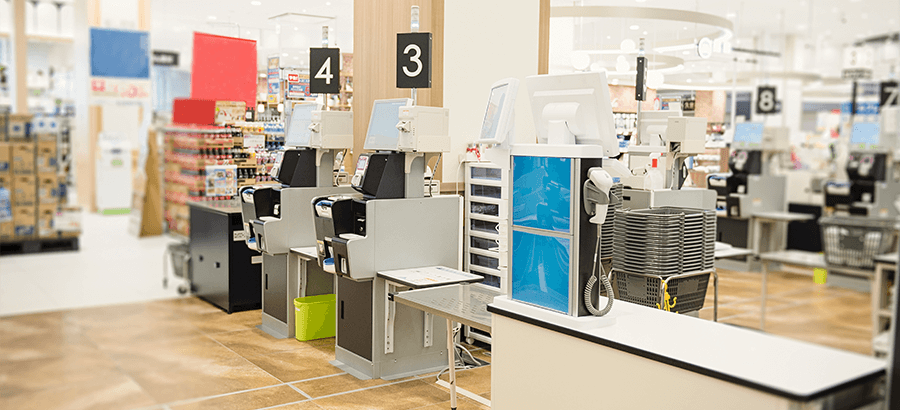Last week I was at the supermarket in the very long queue at the “12 items or less” checkout station, when I glanced over at the adjacent self-checkout station. The store had installed it a few months ago but I (and most other shoppers) had never tried it – thinking it looked a bit confusing and not worth the hassle of learning how it worked, perhaps due to fear of not picking up quickly enough on how to use it. But the queue was so much shorter there, so I decided to try it. Although there was a learning curve to understand the process, for example to follow the on-screen instructions and to also get the knack of scanning barcodes properly, it wasn’t as bad as I thought. I’ll definitely use the self-checkout again.
My point here is that it took a while to change my ingrained and learned behaviour. How does this relate to ERP systems? As Simon has pointed out, changing the user experience is not easy.
Let’s say you’ve decided to buy a new ERP system, or buy a new module in your current system, or make a concerted effort to use an existing module better; you’ve probably done your homework and analyzed two important things:
- What your business processes are
- How to configure (or buy) software to fit your business processes
And now you’re eagerly looking forward to reaping the benefits of your planned improvements. But have you considered the third aspect, which is arguably the most important? Namely: the behavior of the people who will be affected by the changes. It’s easy to configure (or buy) software, and easy to design new business processes, but it’s hard to change people’s behavior. It took me months to finally try the self-checkout stand, and most other shoppers still haven’t tried it.
In my experience, both as an ERP user and implementer, changing people’s behaviour is one of the biggest obstacles in successfully implementing ERP software.
As a novice ERP user doing purchasing, it was hard to change my own behaviour. My purchasing colleagues and I didn’t truly believe that the system could credibly suggest the correct quantities of raw materials to order, so we stuck with the old method of simply ordering “the same as last time.” We used to say that our inventory strategy was not “Just in Time,” it was “Just in Case.” Rifling through the massive filing cabinet to find the last purchase order from each supplier was a time-consuming but comforting ritual.
Later, when I became a production scheduler and eventually realized the power of the system, I found it hard to change other users’ behavior. Although I understood the importance of inventory accuracy, how could I convince a senior production worker (who had done it the same way for 20 years) that he must now start recording how much material he used?
As a SYSPRO implementer, I’ve seen the same thing. I worked with one company, coming off a legacy system, that could clearly benefit from SYSPRO’s manufacturing modules. However the production manager, who had been manually scheduling, using a basic report for 15 years, was very uncomfortable with the sophistication of the new system – despite its demonstrated ability to automate his manual efforts. Emotionally he was still attached to the comfort of the old system. In the end we had to ease him into the sophisticated features by first creating a basic report in SYSPRO similar to his old report. Essentially it was a stepping stone.
Software has a user’s manual but there is no user’s manual on how to change a person’s behavior. Each person is different so different strategies are required. One general strategy that seems to work is to achieve a small “win,” so that the person sees for themself that the new system will in fact benefit them, at least in a small way. This hopefully triggers “the light bulb moment” and ideally the first win will cause a chain reaction of subsequent wins. As the saying goes: “eat the elephant one bite at a time.” Some other excellent suggestions are also in this Harvard Business Review blog.
My biggest advice is to think about how to encourage your people to buy in to your system, and your business will reap the rewards. And don’t forget to try the supermarket’s self-checkout station, too.







